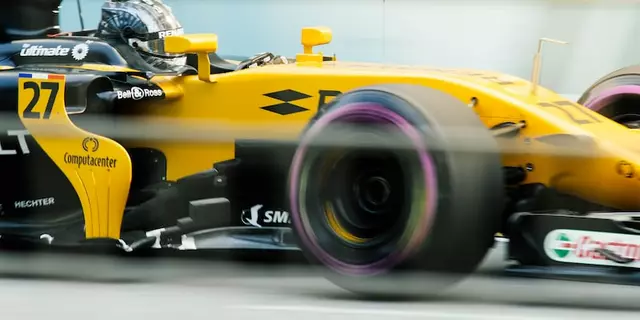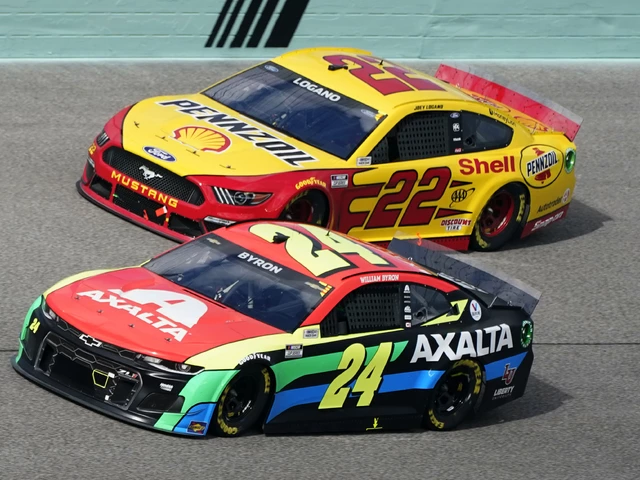CME Trading Halts Amid Tech Glitch, Erasing $2.9 Billion in Market Value
November 29 2025Race Updates, Guides and Stories – Your Motorsport Hub
Welcome to the race tag page, where you’ll find everything from breaking transfer rumors to practical advice for aspiring drivers. Whether you’re into Formula 1, IndyCar, or motorcycle racing, we’ve got the latest headlines and real‑world tips you can actually use.
First off, keep an eye on the transfer market. Liverpool’s hunt for Sporting Lisbon defender Gonçalo Inácio shows how quickly clubs can shift their defensive plans. Rumors swirl, fees hover around £35‑40 million, and every new report could change the balance of power in the Premier League. Stay tuned for updates as the window closes.
Tips for Aspiring Race Drivers
If you dream of sitting behind a wheel at 200 mph, start with the basics. Join a local racing school or a club; hands‑on coaching beats YouTube tutorials any day. Compete in amateur events to build a race‑craft résumé that sponsors can see. Social media is your billboard – post track footage, share training logs, and engage with fans. A solid sponsor package often hinges on your online presence as much as your lap times.
Physical fitness can’t be ignored. Endurance, core strength, and neck conditioning keep you sharp through long stints and G‑forces. Mental drills, like visualization and reaction‑time apps, sharpen the split‑second decisions you’ll make on the track. Remember, the most successful drivers are the ones who blend skill, fitness, and a relentless work ethic.
Comparing the Big Racing Series
Ever wondered whether an IndyCar or a Formula 1 car is longer? On average, F1 cars measure about 180‑200 inches, while IndyCars sit around 191 inches. The difference isn’t huge, but it reflects each series’ design focus – F1 leans toward aerodynamic finesse, while IndyCar balances speed with oval‑track stability.
When it comes to entertainment value, many fans point to Formula 1 for its global glamour, high‑tech drama, and iconic circuits. Yet IndyCar offers close racing on a mix of road courses and ovals, often delivering more overtaking opportunities. Choose the series that matches your taste: pure tech spectacle or raw, wheel‑to‑wheel action.
Racing isn’t just about speed; it’s a demanding sport that tests both mind and body. The mental pressure of maintaining perfect lines, the physical strain of braking at the limit, and the ever‑present safety risks make it a true challenge. Understanding these demands helps you decide if the thrill outweighs the sacrifices.
Thinking about a career in motorcycle racing? Start with a reputable riding school, then progress through regional championships to catch the eye of talent scouts. Build relationships with bike manufacturers, and never underestimate the power of a well‑crafted YouTube channel showcasing your skills.
Finally, stay connected with the community. Forums, podcasts, and live race commentary keep you informed about rule changes, tech upgrades, and driver moves. Engaging with fellow fans adds excitement and can lead to networking opportunities you might otherwise miss.
From transfer headlines to hands‑on driver advice, this tag page is your one‑stop shop for everything race‑related. Bookmark it, check back often, and rev up your motorsport knowledge today.
 17 Feb
17 Feb
Why did Ken Miles place second at Le Mans?
Ken Miles was a British-born American race car driver who competed in the 24 Hours of Le Mans in 1966. Although he had a strong lead for most of the race, he was forced to place second due to a technicality that was imposed by Ford executive Leo Beebe. Miles had been instructed to slow down and let another Ford race car cross the finish line first in order to ensure a Ford win. Despite Miles' protests, he was forced to comply and ended up placing second. His incredible driving talent and sportsmanship in the face of a questionable order earned him lasting respect and admiration in the racing world.
Read More...



